Birding Milestones and Misses – A Few Outings Worth Remembering
Since our recent trip up to Beaufort West, we’ve both been inspired to get out there and chase some new birds. Over the past few weeks, Milli even reached a major milestone, her 300th Western Cape bird. This post is a roundup of a few of those outings and the birds (and moments) that made them memorable.
Twitching the Greater Sand Plover at De Mond
Despite having birded most corners of the Western Cape over the past decade and a half, I’d never made it to De Mond Nature Reserve in the Overberg. That changed recently when we chased after a few Greater Sand Plovers (Charadrius leschenaultii) that had been hanging around the reserve.
On the drive down, Milli and I were talking about how we still needed to visit De Hoop so she could add Cape Vulture (Gyps coprotheres) to her list, when fortune smiled on us. Just before the De Mond turn-off on the R316, a low-flying vulture circled above us before disappearing westward. While not especially out of range, the reporting rate in that area is just 1–2%, making the sighting a bit special.

Cape Vulture
I’d always been concerned about road conditions around De Mond; my little hatchback doesn’t exactly scream “off-road ready”, but the drive was surprisingly smooth. Along the roadside, we counted at least 30 Denham’s Bustards (Neotis denhami), several Cape Crows (Corvus capensis), and a healthy number of Bokmakieries (Telophorus zeylonus). Sadly, no luck with the elusive Southern Tchagra (Tchagra tchagra), one of our little side targets for the day.
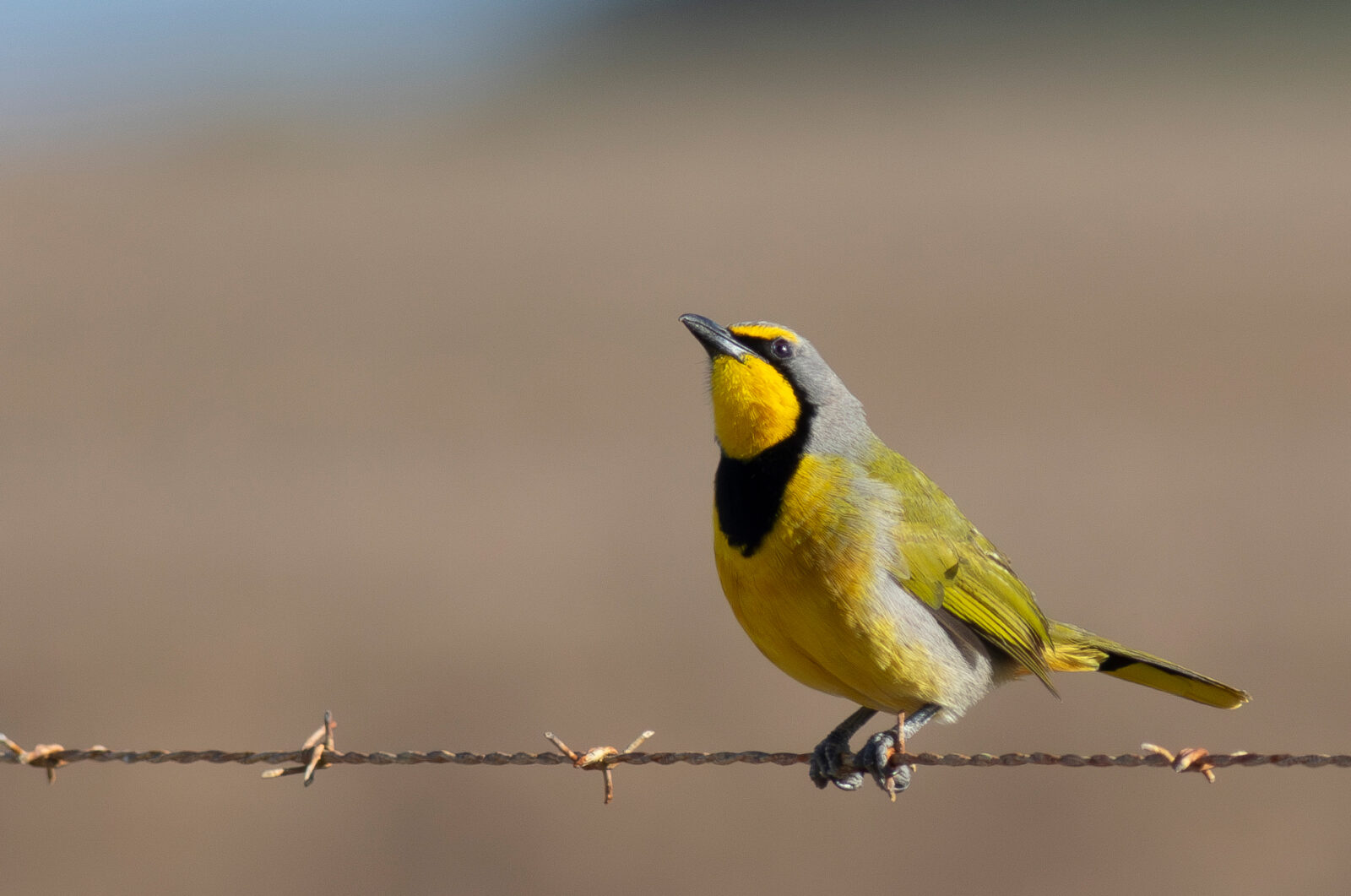
Bokmakierie

Cape Crows
The reserve itself took me by surprise, beautiful, well-kept, and ecologically diverse. The transition between farmland and coastline here feels natural, untouched by the creeping sprawl seen elsewhere in the province.
It didn’t take long to pick up the Greater Sand Plover, marking my 407th Western Cape bird. While it kept its distance, we had decent views. We also spent some time searching for Damara Tern (Sternula balaenarum), a species we both still need for the province, but with it being autumn, we weren’t too surprised to dip.

Greater Sand Plover
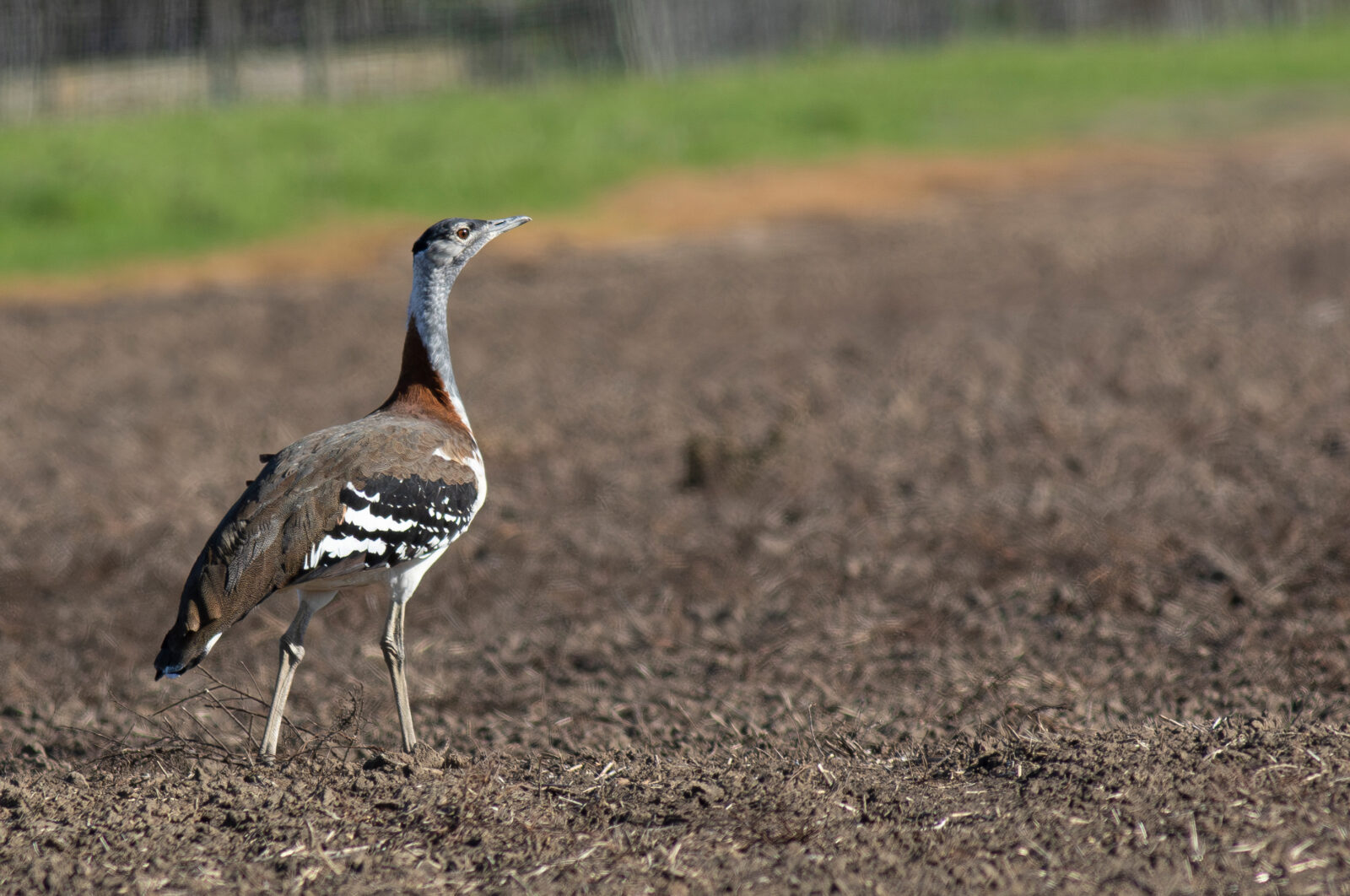
Denham’s Bustard
On the way back, we were even taunted by a non-native bird hanging around one of the nearby farms, always a little bittersweet.
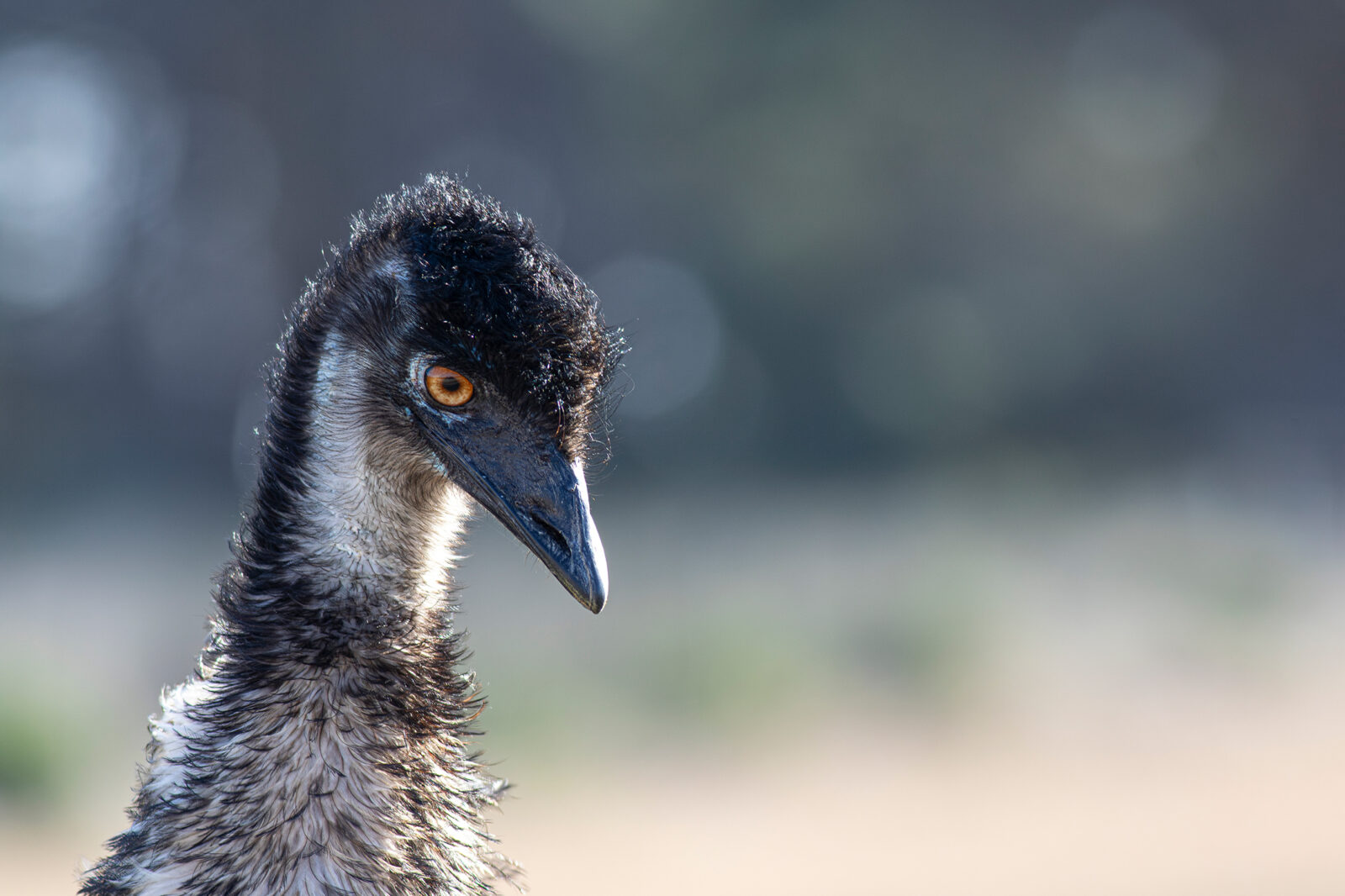
Watching the Reeds for the Red-chested Flufftail
The following weekend, we met up with Trevor and Mags for a mission toward the Darling Hills, where a few Red-chested Flufftails (Sarothrura rufa) had been reported.
There we met up with Michael Mason, and it wasn’t long before we heard their calls. Within 30 minutes, we had our first glimpses. Though fairly widespread, Red-chested Flufftails are notoriously shy. Many birders spend years hearing them without ever getting a clear look.
In true Flufftail fashion, it offered fleeting views, darting across shaded patches and never lingering for long. Still, we had some good moments, though the photographers among us had their work cut out, dodging every stray blade of grass between lens and bird.
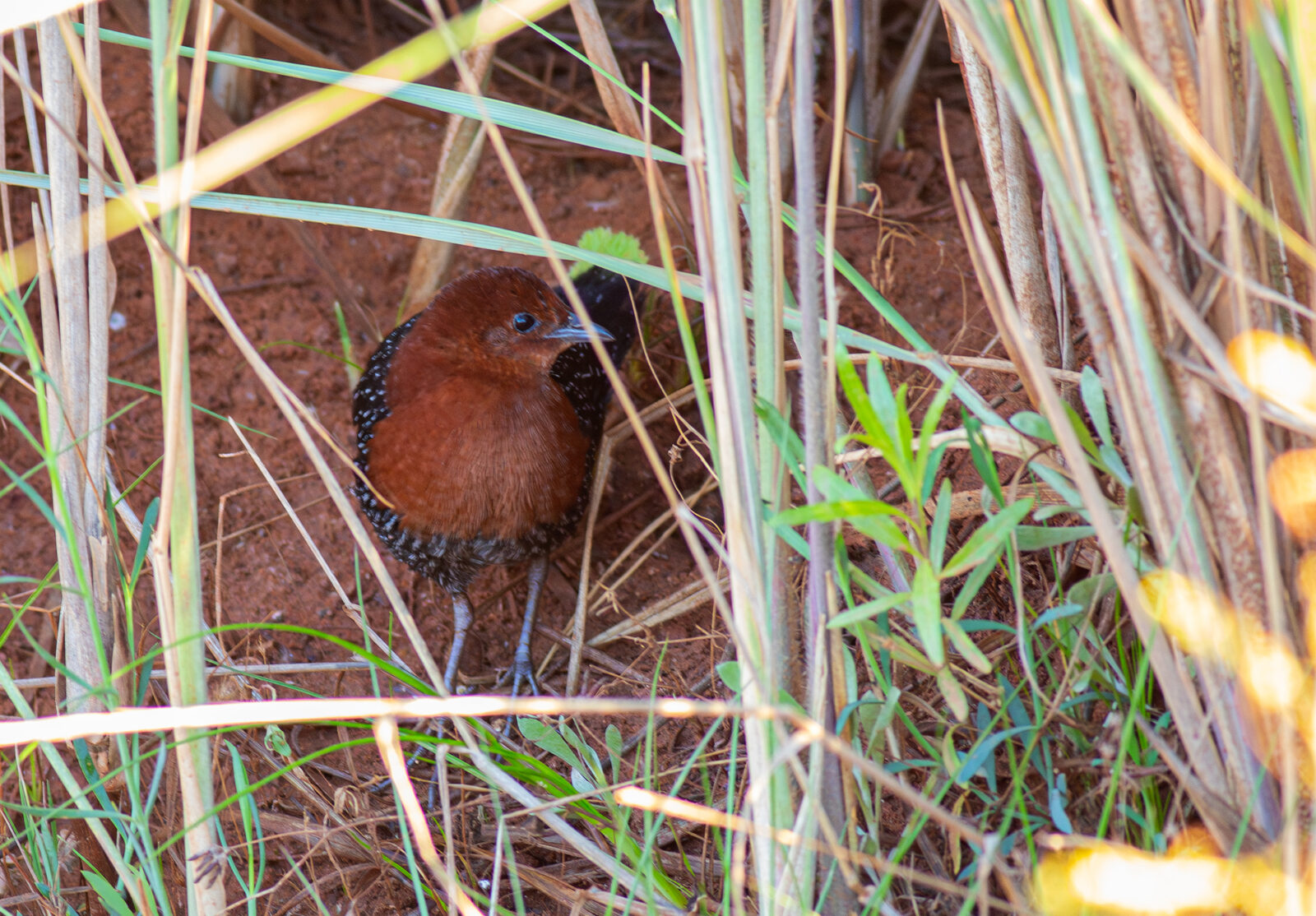
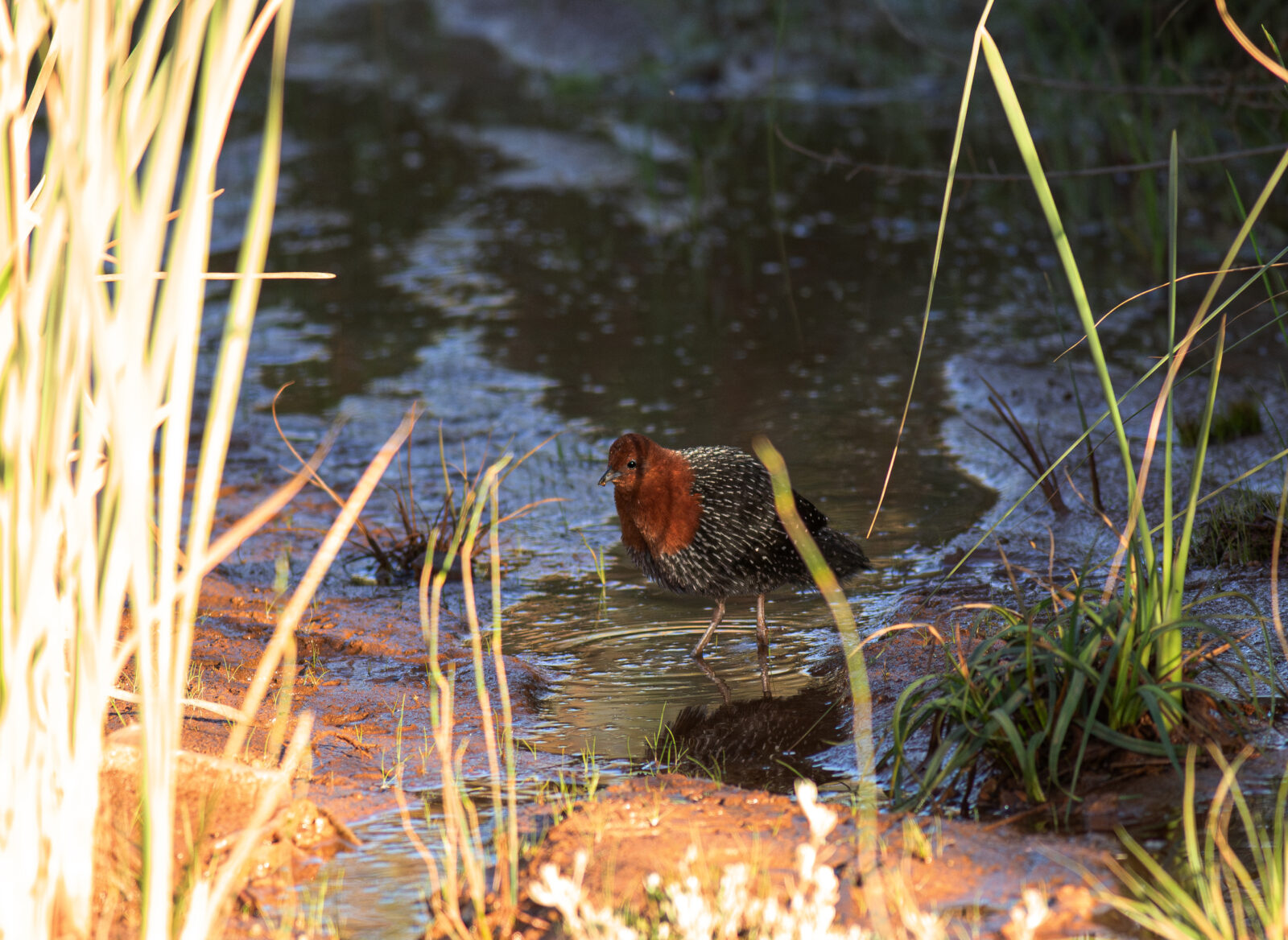
Red-Chested Flufftail
We then explored nearby farm roads, hoping for a species that’s long eluded me: the Cape Clapper Lark (Mirafra apiata). We also looked for Grey Tit (Melaniparus afer), another “easy” species I’ve never managed to connect with.
Despite Trevor’s determination, we struck out. The heat likely contributed to the general birding lull. Milli did, however, bag a lifer with a lone Ant-eating Chat (Myrmecocichla formicivora), further south than I’ve ever seen one.
Putting the Cape Clapper to Bed
A few weeks later, I saw a social media post about Cape Clapper Larks at Karwyderskraal near Botrivier. Since we were already planning a trip to Betty’s Bay for the African Crake (Crecopsis egregia), which Milli hadn’t seen yet, we figured we’d make a full day of it, also hoping for Cape Eagle-Owls (Bubo capensis) near Pringle Bay.
Passing Mondeor on the N2, we spotted a raptor. At first, we thought it was an African Marsh Harrier (Circus ranivorus), but as it neared, just 20 meters off, it was unmistakably a Black-chested Snake Eagle (Circaetus pectoralis). A first for me in the Helderberg and a lifer for Milli, taking her Western Cape total to 298.

Rock Kestrel

African Stonechat
At Karwyderskraal, we explored a few likely spots and picked up a Cloud Cisticola (Cisticola textrix), bringing Milli to 299. At our third stop, I played a Cape Clapper call, and sure enough, one perched up briefly for views, directly into the sun, but still a long-awaited lifer for me after 14 years of provincial birding.

Cape Clapper Lark

African Pipit

Blue Crane
It was also Milli’s 300th bird for the Western Cape, not the flashiest milestone bird, but one hard-won, and that counts for a lot.
We moved on to try for the African Crake in Betty’s Bay. We stayed for about 30 minutes, but fading light and the looming owl search meant we had to leave. Of course, it was reported again an hour later at the same spot.
At the owl site, the cold wind and fading light worked against us, and we dipped again. No owls. Just a quiet, windswept valley.
Connecting With Cape Eagle-Owls
Our most recent trip took us back to Betty’s Bay to try for Victorin’s Warbler (Cryptillas victorini) and the African Crake. True to its nature, the Victorin sang loudly for an hour without ever showing itself, frustratingly on brand.
A cool thing about birding is that sometimes you can retain gen for years. The spot we were trying for the Victorins was the same that Trevor and Mags first helped get my eyes on it more than a decade ago. And still today, the area seems reliable for them.

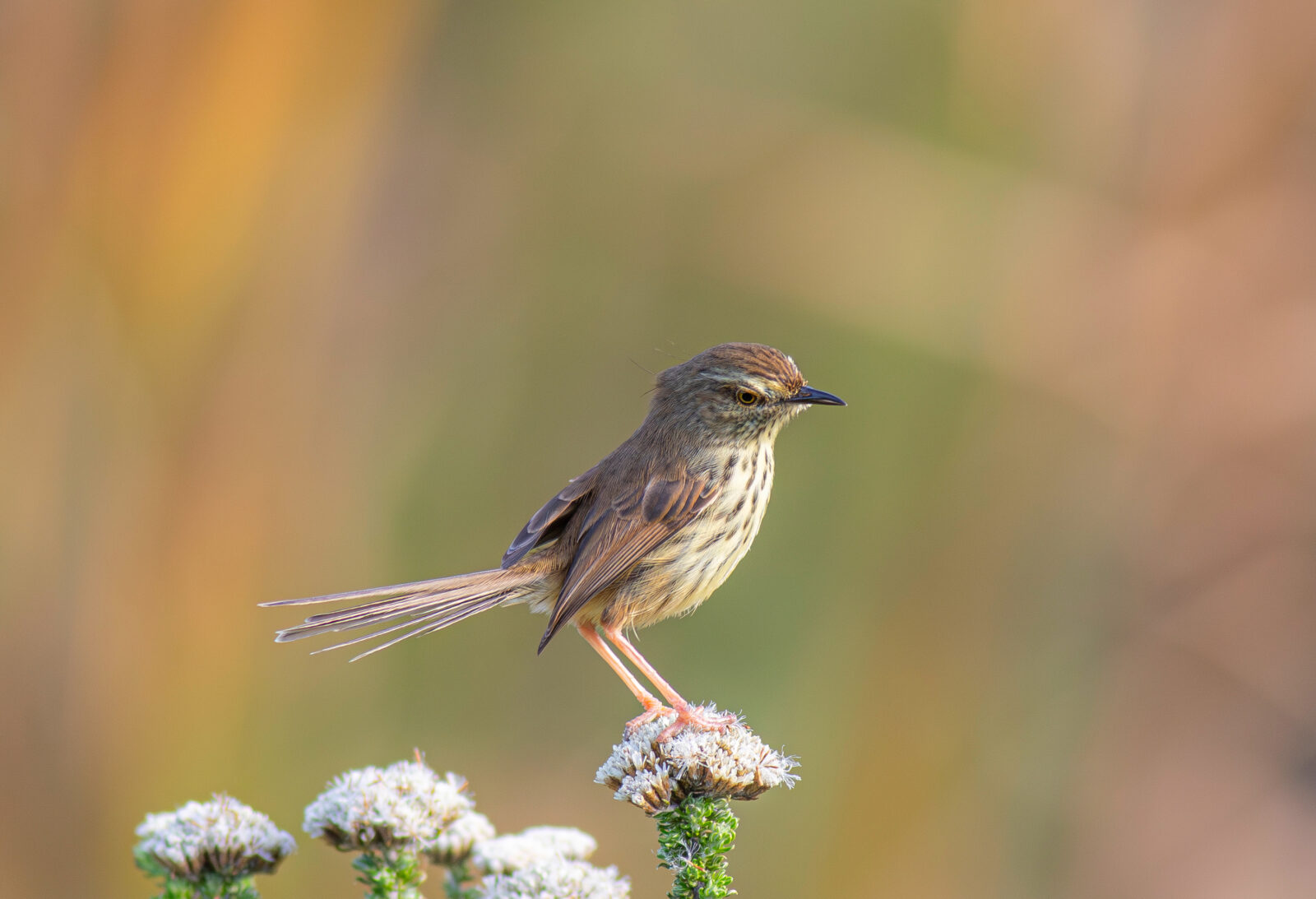
Karoo Prinia

Cape Robin Chat
We again left it late for the Crake and had to give up after about 10 to 15 minutes. Predictably, it was seen again shortly after we left.
This time, though, the weather was in our favour, calmer and clearer as we arrived at the owl site. We noticed three birders watching the rocky slope, and so I approached them to query whether they had seen the owls yet. These individuals were Lester van Groeningen with Carin, and Dawie Malan.
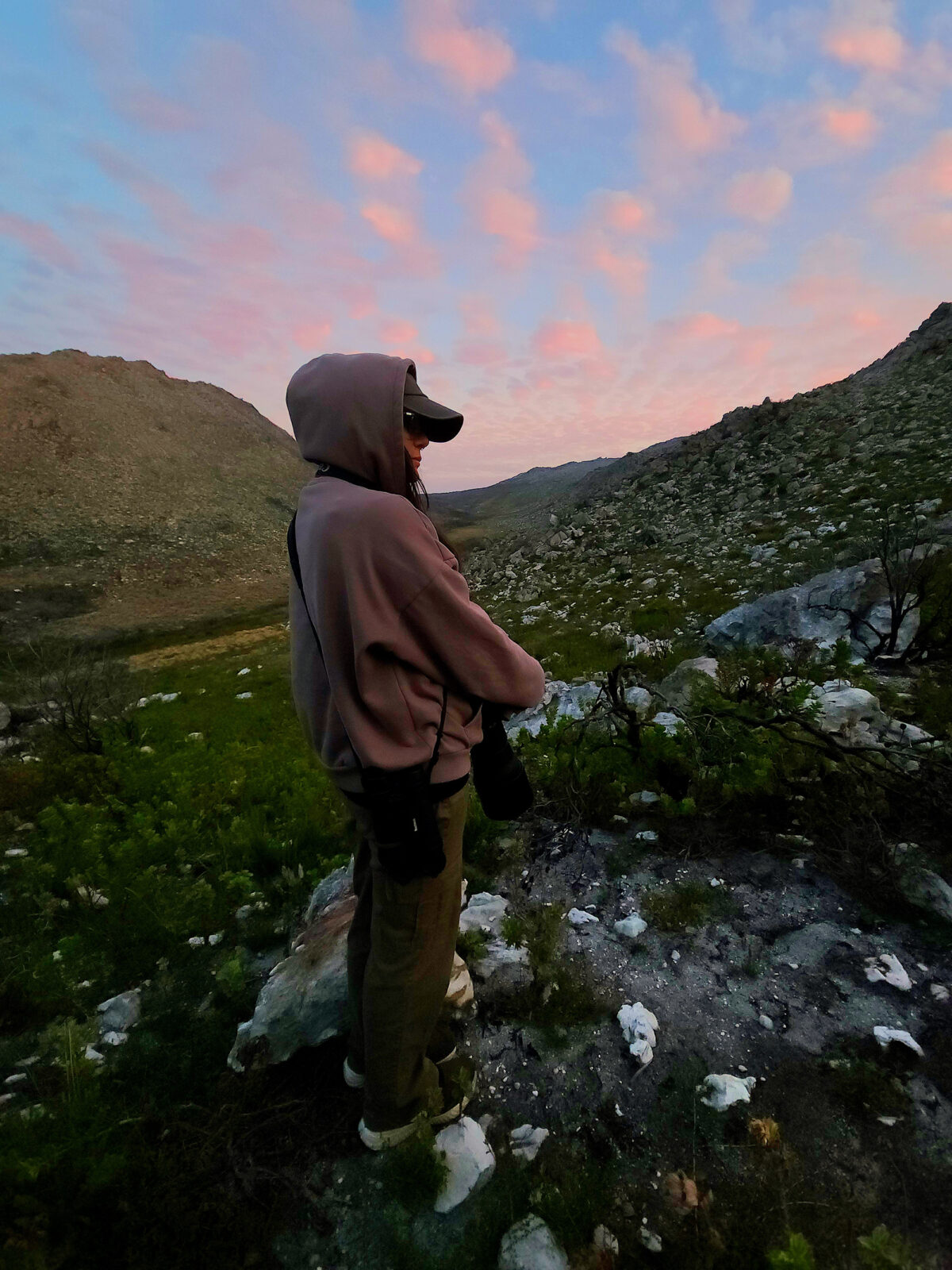
Milli, doing her best to manifest the Cape Eagle Owl
I shared the pin I’d received of a recent owl sighting and led them up to where I knew the birds had been seen just a few days prior. We all waited, scanning the rocks as dusk fell. Eventually, we began heading back down, thinking we’d dipped again—until we heard the owls call from the cliffs above. Carin had suspected one was there earlier, so at this point, I felt a bit bad for dragging them away from where they were watching, but it was with good intentions.
Though the views were brief and in fading light, we saw both Cape Eagle-Owls, including a few short flights.


Cape Eagle Owl
As we walked back to the car, an adder, likely a Berg Adder (Bitis atropos), slithered across our path. That’s two Adders in a month. Not sure what it is with us and these snakes lately – but I’m not exactly complaining. I used to spend hours lifting up rocks and logs, hoping to come across something special.
This sighting marked my 410th Western Cape bird. A nice way to cap off a few weeks of highs, near-misses, and everything in between.
Overall, I’ve been pretty bad at putting up blog posts, being out in the field more than behind a computer. But it’s been a good few weeks of targeted birding. Today we spent some time doing a bit more relaxed birding. I’ll put that report together soon, as we had some lovely photographic opportunities with common species.
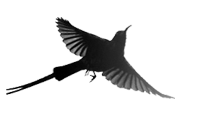






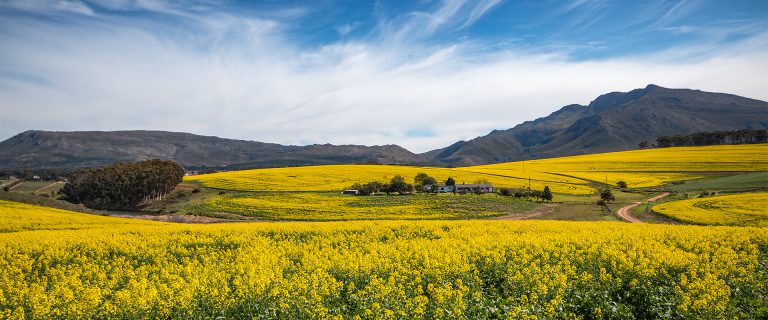
lovely reading, well done and super photos of Red-Chested Flufftail
I’m glad you enjoyed reading it, I appreciate the kind words.